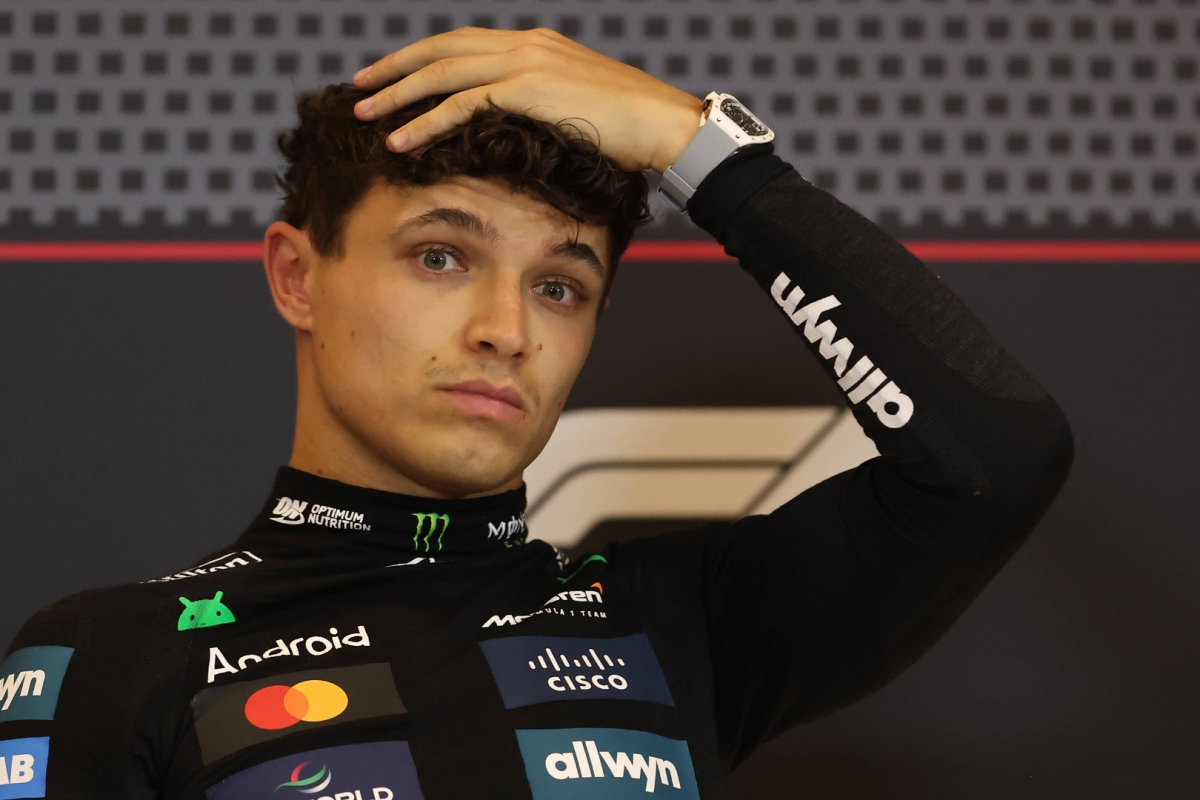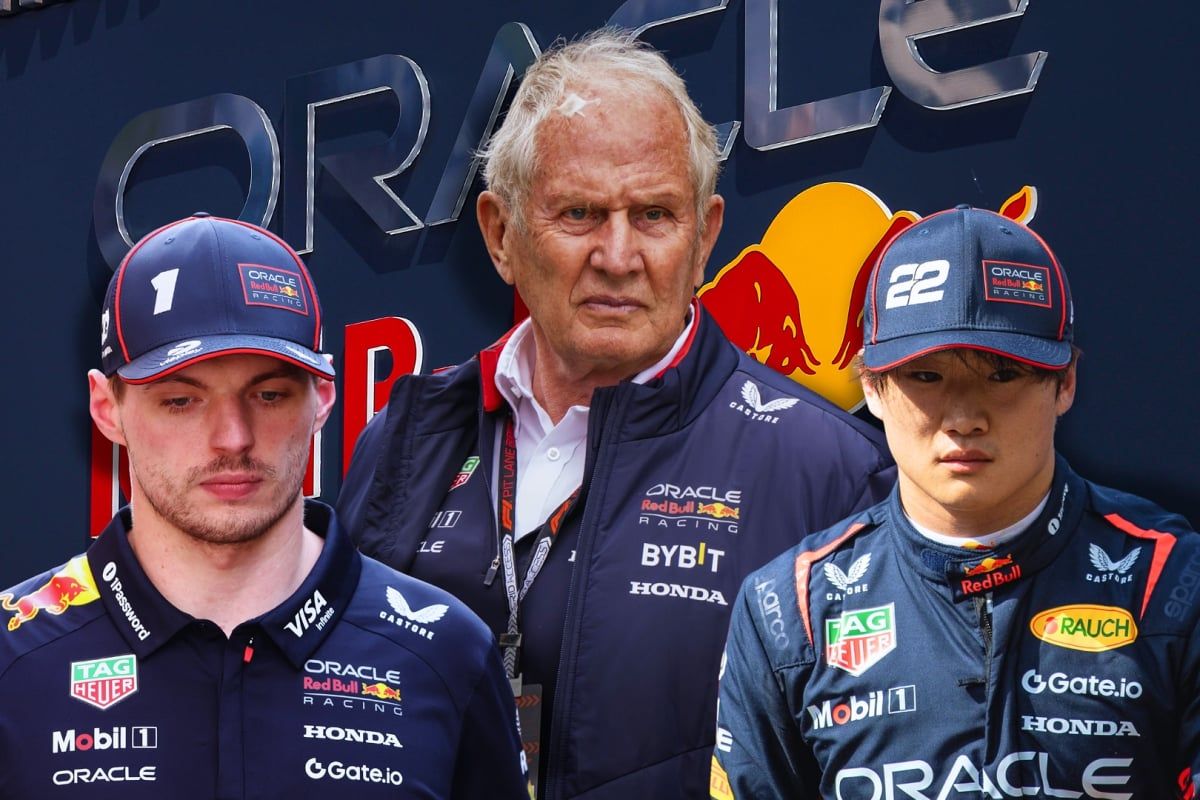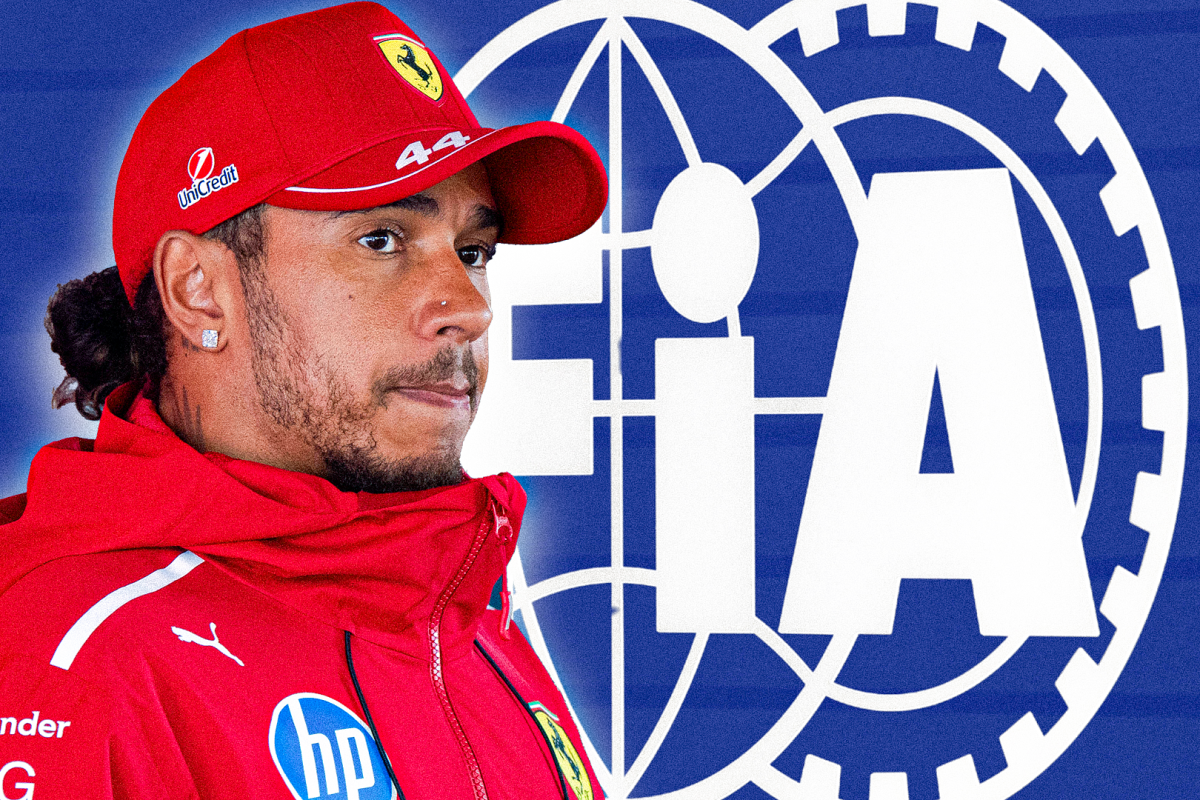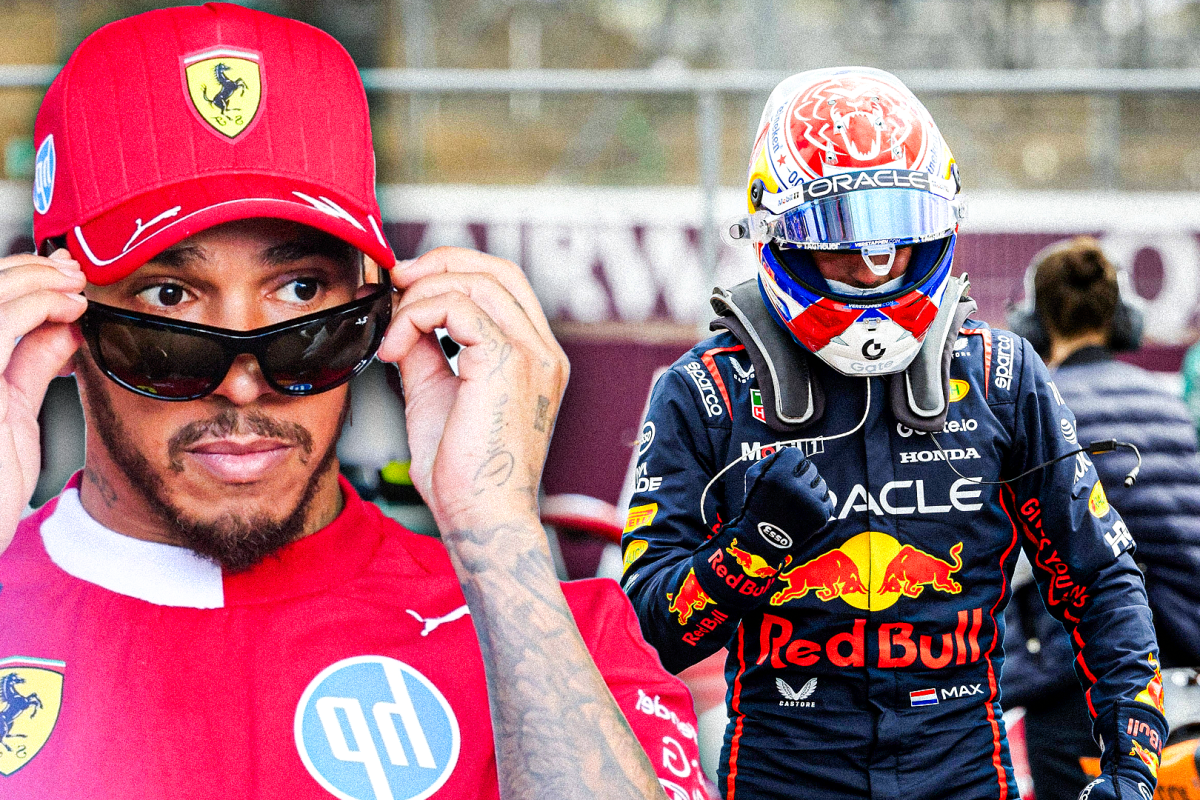Spanish Grand Prix Brings New Rule Shake-Up in F1 After C…read more
The 2025 Formula 1 season continues to evolve with another significant regulation change set to be enforced at the upcoming Spanish Grand Prix, following on from the controversial tyre rule introduced at Monaco. Last weekend, all 20 drivers were mandated to make at least two tyre changes during the Monaco Grand Prix—an experimental move by the FIA aimed at injecting more entertainment into the event, which is historically known for its lack of overtaking opportunities.
While the new tyre strategy added a layer of strategic complexity, the overall reaction from the paddock was lukewarm at best. Critics argued that the mandatory two-stop rule failed to produce the level of unpredictability or on-track action that was anticipated. Lando Norris, starting from pole position, led from start to finish, reinforcing the notion that overtaking remains a major challenge on the tight, twisting streets of Monte Carlo. Several drivers voiced their concerns, suggesting that while the rule added a new dimension, it did little to change the race’s outcome and compromised the sporting integrity of the competition.
With McLaren emerging from Monaco with an extended lead in the Constructors’ Championship—now sitting at 319 points—the focus has quickly shifted to the Spanish Grand Prix, where another major regulation change is set to take center stage. This time, it’s a technical directive targeting the use of flexible front wings, a long-debated area within Formula 1’s grey aerodynamic zones. Earlier in the season, the FIA had already introduced more stringent rear wing flex tests at the Chinese Grand Prix, but the Spanish GP will see the governing body take things a step further by clamping down on front wing flexibility.
Under the new directive, the permissible flex in front wings will be reduced from 15mm to 10mm. This seemingly small adjustment could have big ramifications, particularly for teams that have pushed the envelope in terms of design innovation. McLaren, one of the standout performers so far this season, is among those under scrutiny, though both of their drivers—Norris and Oscar Piastri—have downplayed any potential negative impact from the change. They remain confident that their car’s performance will not be compromised, citing the earlier rear wing regulation in Shanghai, which had little effect on their competitiveness.
Ferrari team principal Fred Vasseur, however, sees potential for a shake-up in the pecking order. Speaking ahead of the race in Barcelona, Vasseur stated that the FIA’s updated flex tests could act as a “reset” for the current performance hierarchy. While he admitted that the immediate championship standings may not see drastic change—suggesting that the current leader will likely retain their position post-Spain—he emphasized that the new tests could significantly affect individual race performance and competitiveness.
This technical directive comes at a crucial juncture in the season. Many teams are set to introduce substantial upgrade packages at the Spanish GP, traditionally seen as a benchmark event where teams roll out key developments. These new regulations could disrupt those plans, forcing teams to adapt their aerodynamic packages on short notice to comply with the revised flex limits.
As the Formula 1 grid heads to Barcelona, anticipation is high for what could be a turning point in the 2025 season. The FIA’s ongoing clampdown on flexi-wings reflects its commitment to maintaining fair competition and closing loopholes that may give certain teams an unfair aerodynamic edge. Whether this will genuinely alter the championship dynamic remains to be seen, but one thing is certain: all eyes will be on how teams respond—and whether McLaren can maintain their dominant form in the face of mounting regulatory pressure.




